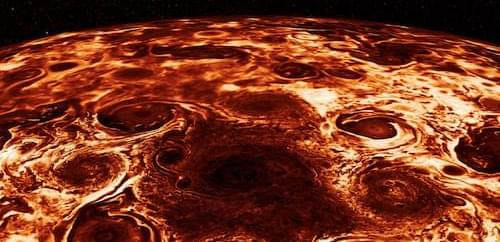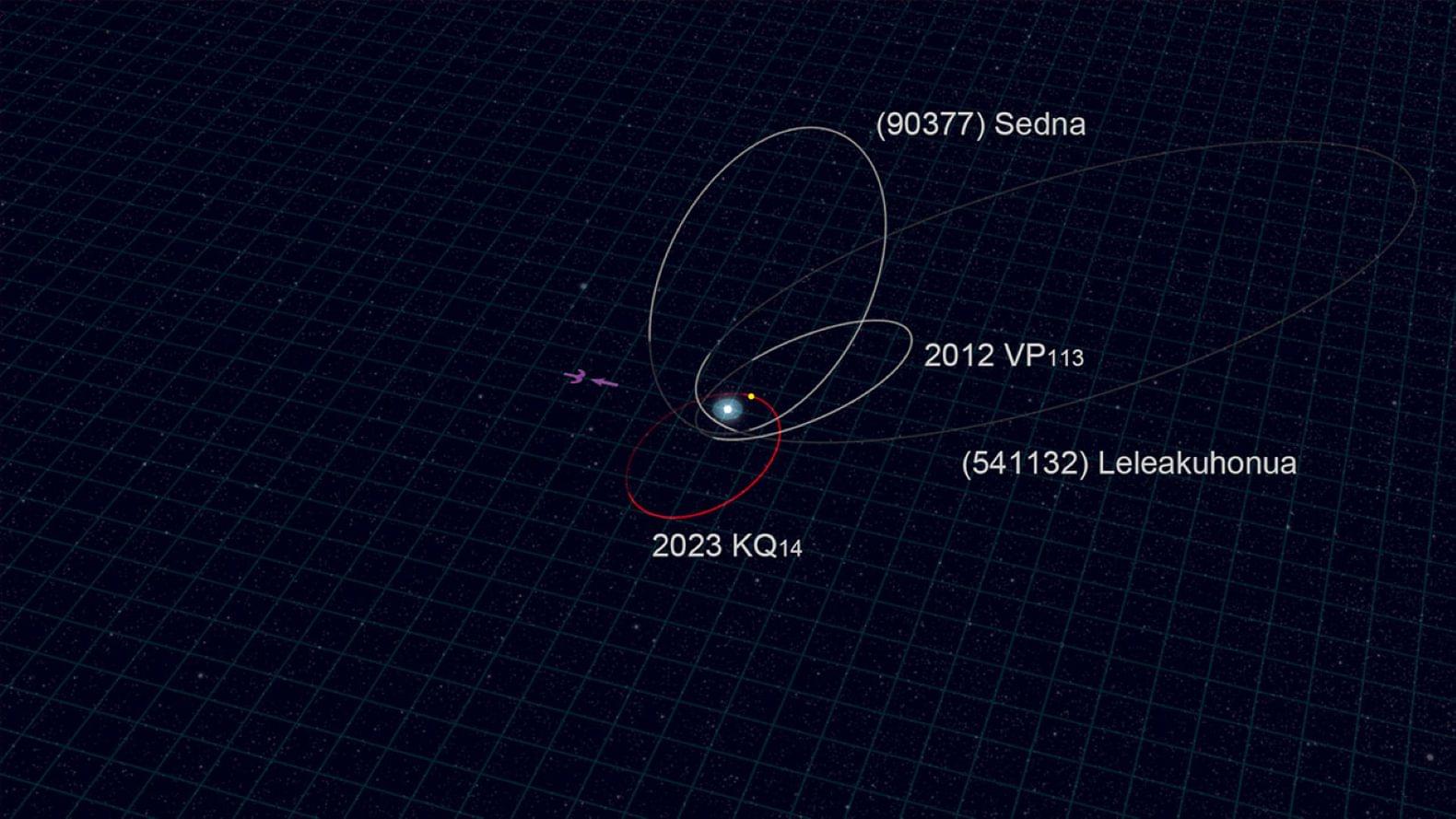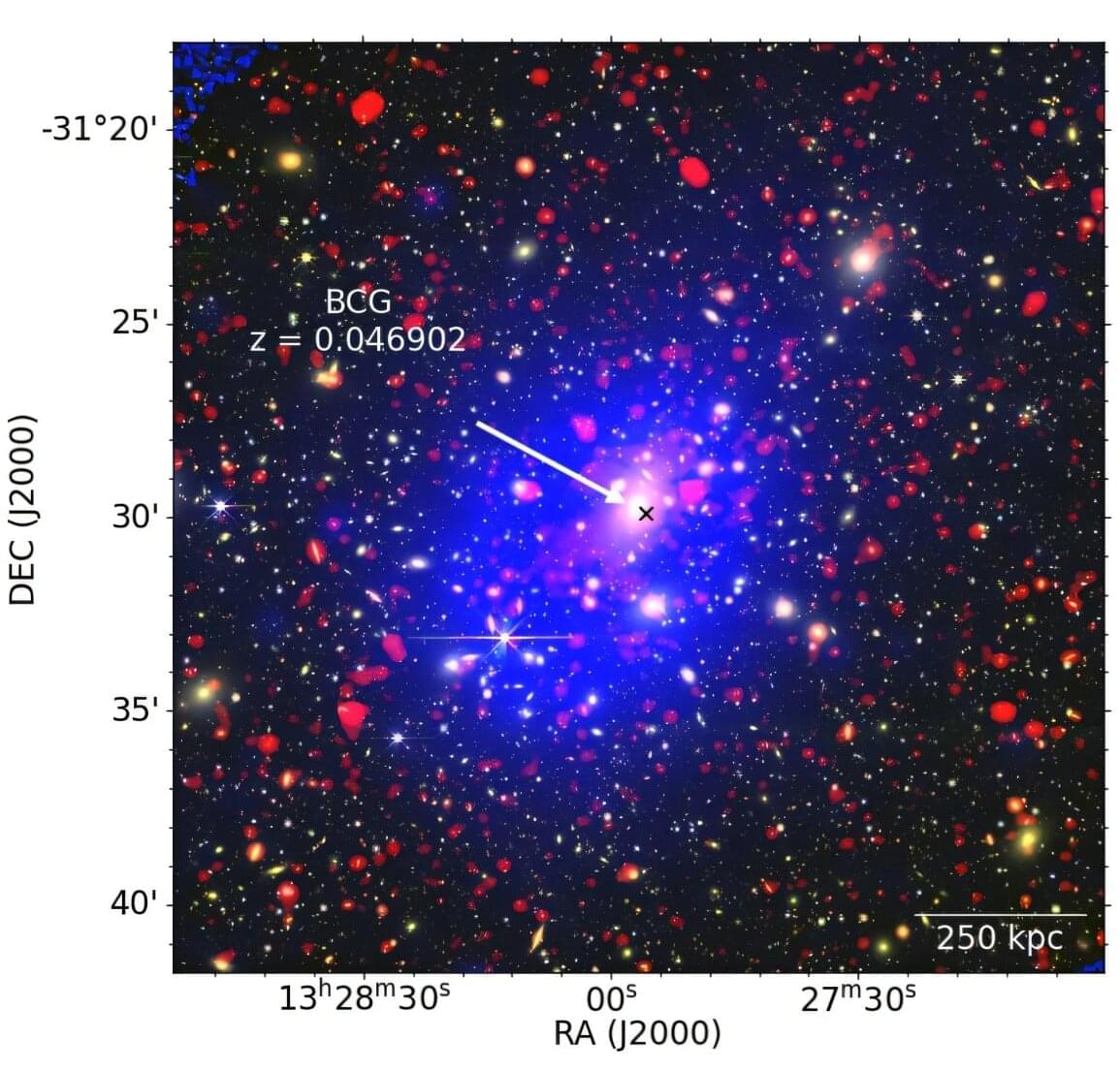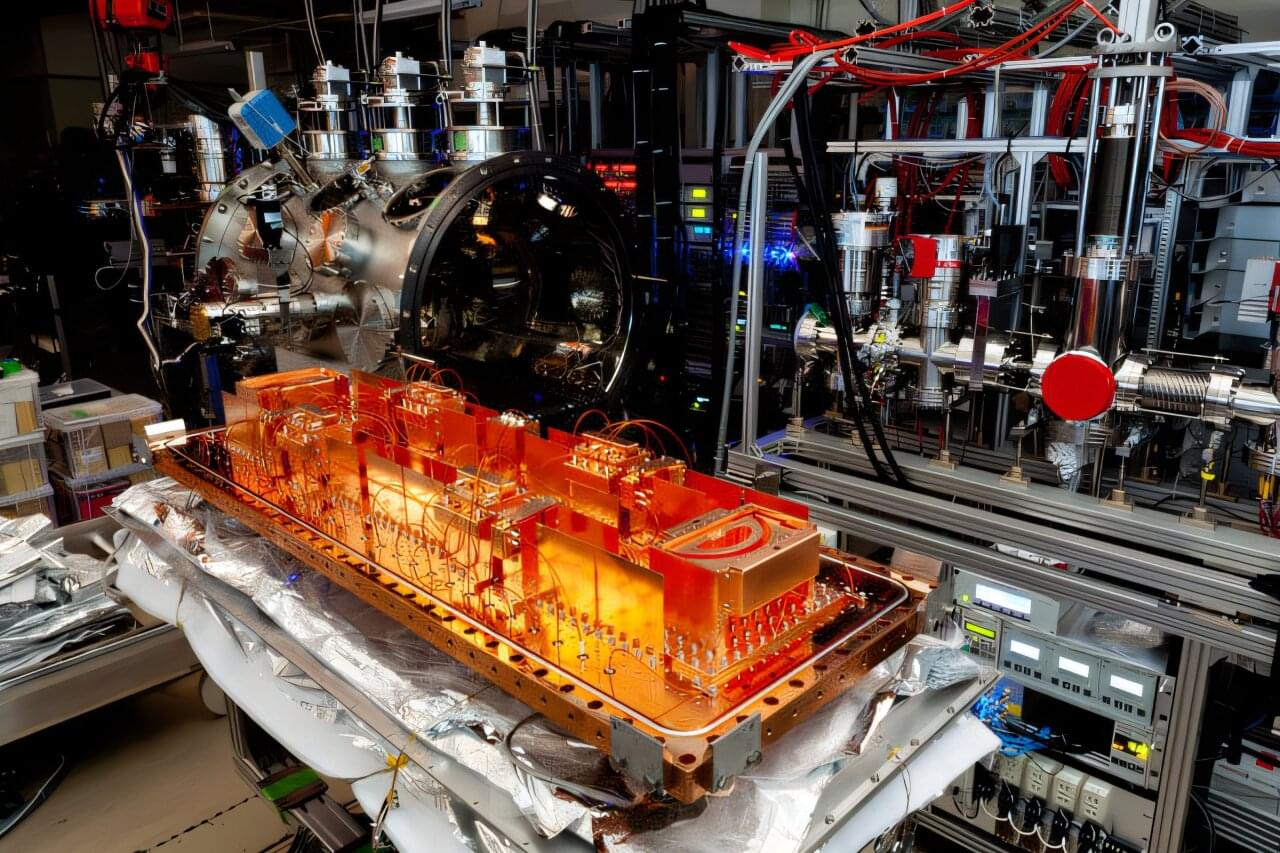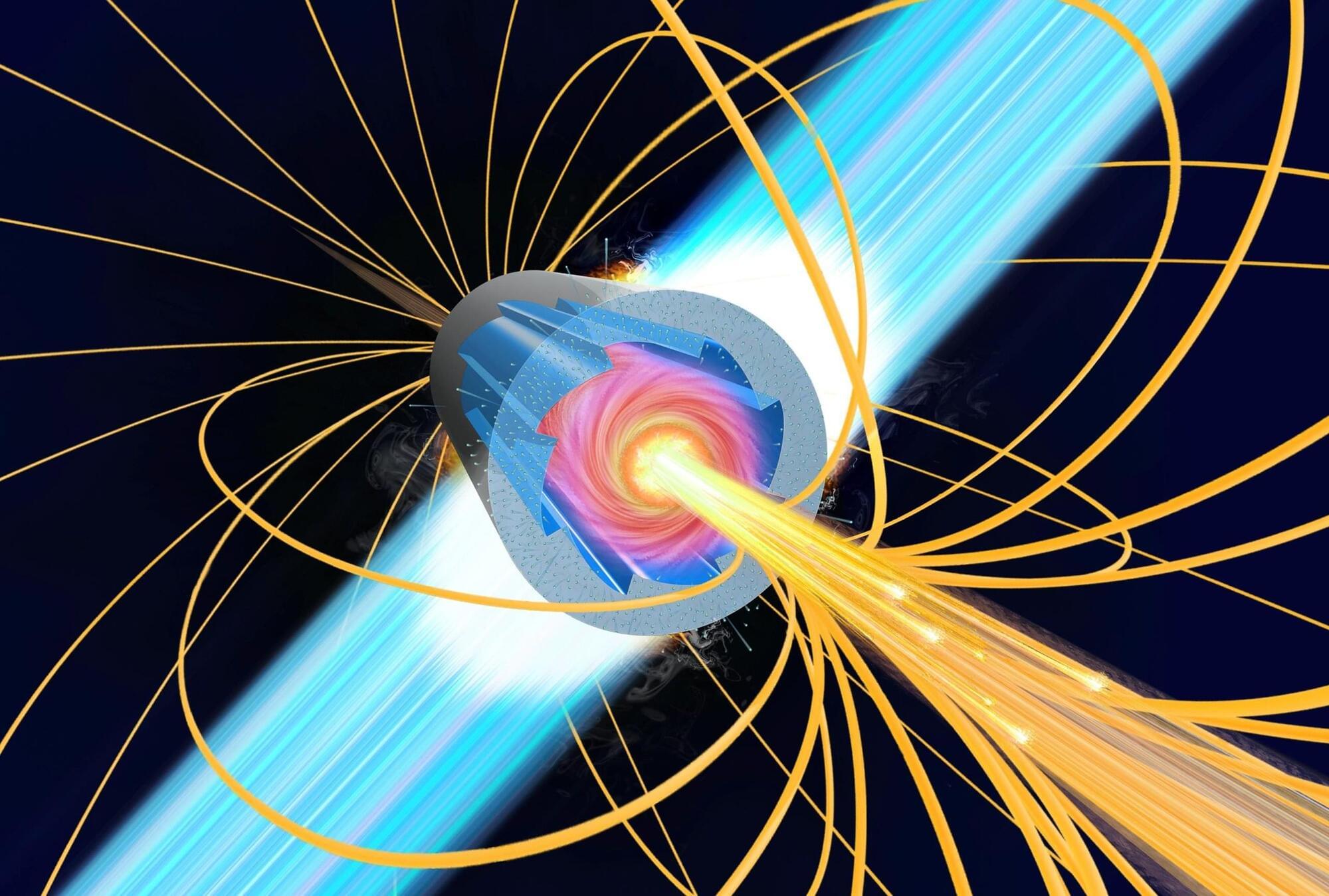Astronomers have spotted centimeter-sized “pebbles” swirling around two infant stars 450 light-years away, revealing the raw ingredients of planets already stretching to Neptune-like orbits. Using the UK’s eMERLIN radio array, the PEBBLeS project found these rocky seeds in unprecedented detail, bridging the elusive gap between dusty discs and fully-formed worlds. The discovery hints that systems even larger than our own could be commonplace and sets the stage for the upcoming Square Kilometre Array to map hundreds more planetary nurseries.
A fascinating glimpse into how a solar system like our own is born has been revealed with the detection of planet-forming ‘pebbles’ around two young stars.
These seeds to make new worlds are thought to gradually clump together over time, in much the same way Jupiter was first created 4.5 billion years ago, followed by Saturn, Uranus, Neptune, Mercury, Venus, Earth and Mars.


